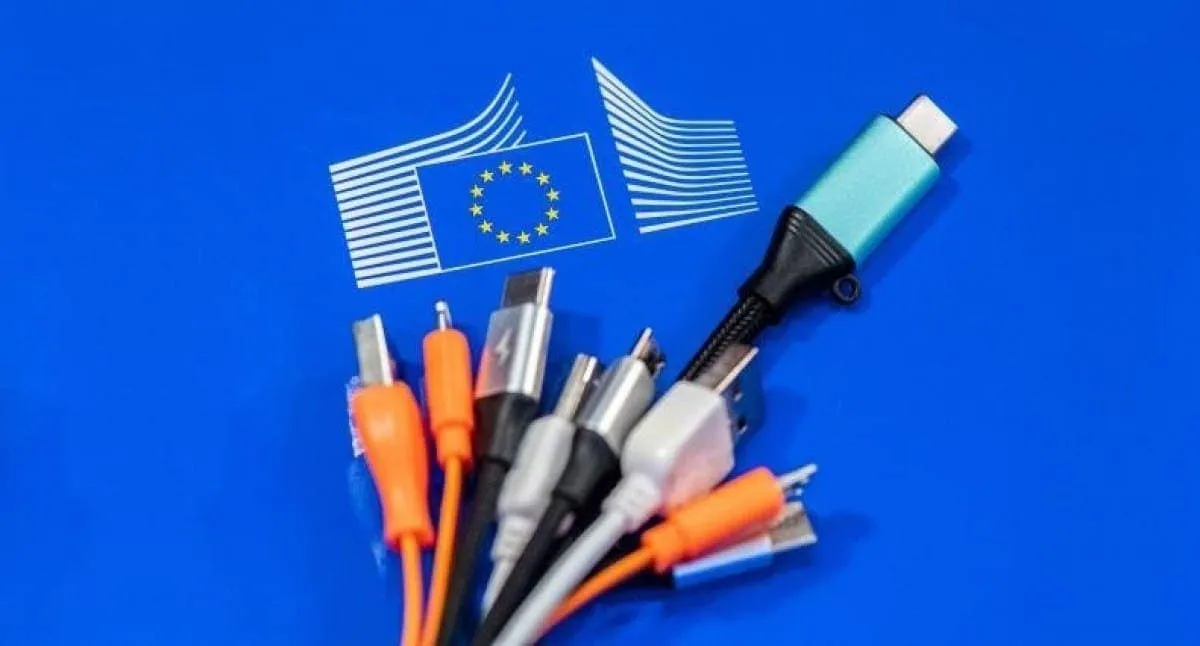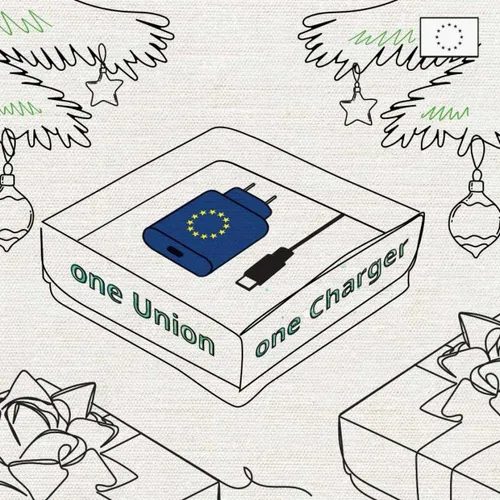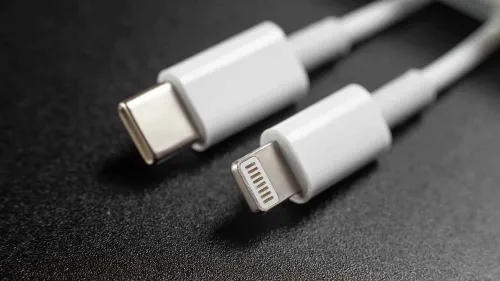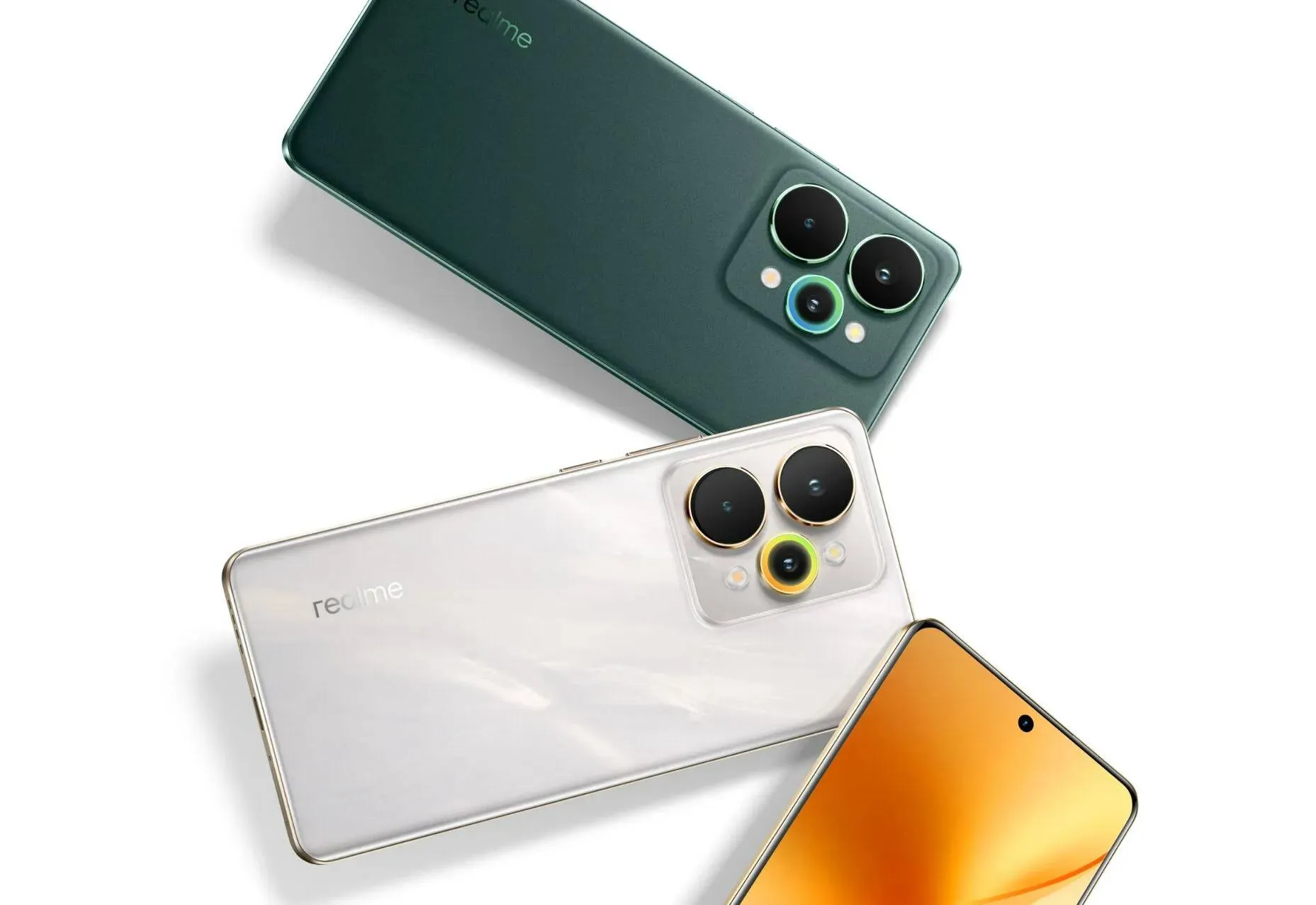USB-C Charging Now Required in the EU: Everything You Need to Know
TechMonday, 30 December 2024 at 06:40

The European Union (EU) has introduced a new rule to fight e-waste. It requires mobile devices sold in the EU to use a universal USB-C charging port. The directive also aims to improve fast charging, product labeling, and waste management.
EU Requires Universal USB-C Charging Ports to Reduce E-Waste

Starting in 2025, all mobile phones sold in the EU must have USB-C charging ports. This rule also applies to tablets, digital cameras, headphones, headsets, portable speakers, e-readers, keyboards, mice, and handheld consoles. Devices must support USB-C if they charge with a cable and use up to 100 watts of power.
Laptop makers have more time to adjust. They must comply by April 28, 2026. Devices like gaming consoles with higher power needs are not included in the rules. For example, the PlayStation 5, with its 350-watt input, is exempt.
Some devices, such as drones and wireless chargers, are not covered. However, the EU plans to review the rules and may add more products in the future.
USB-C and Charging Standards
The rule requires devices to support USB Power Delivery (USB-PD) if they charge with more than 5 volts, 3 amps, or 15 watts. This means popular brands like Apple and Google are already compliant. Some companies, like OnePlus and Oppo, which use proprietary fast charging, must ensure they support USB-PD.
Devices already on the market without USB-C ports can still be sold. However, new products must meet the requirements, and retailers cannot restock non-compliant models.
Reducing Charger Waste

The EU also wants to reduce the number of unused chargers. Manufacturers will sell devices without including a charger in the box. Packaging must clearly show whether a charger is provided. This change aims to prevent waste from duplicate chargers that are rarely recycled.
Consumer Benefits
The directive simplifies charging for consumers. It reduces clutter, saves money, and minimizes environmental harm. The EU has proven its commitment to protecting citizens and the environment over corporate interests.
This rule is a win for consumers in the 27 EU countries. It also raises an important question: will other regions adopt similar measures? The EU’s decision may inspire global change in sustainable electronics.
Popular News
Latest News
Loading





